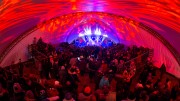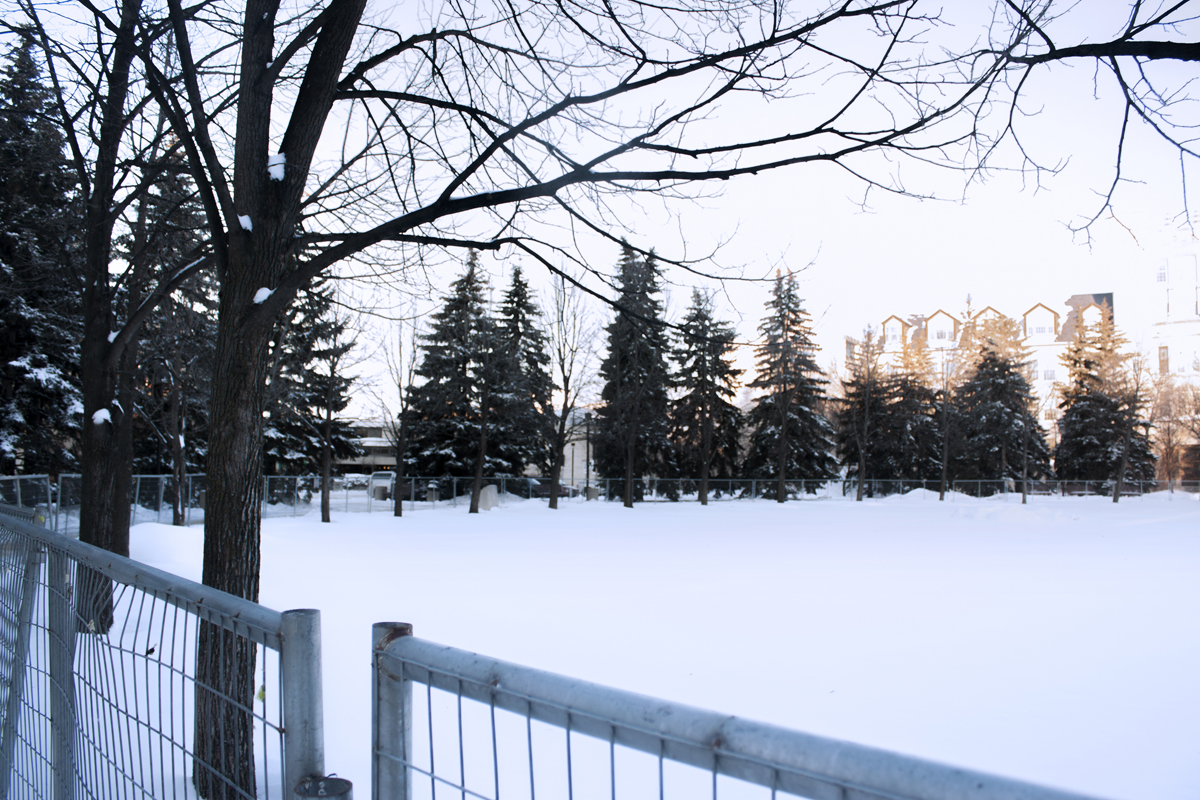Audio artists from around the world are bringing their often underappreciated art form to Winnipeg for the 14th annual send + receive festival (Oct. 17 to Oct. 20).
The festival began under the supervision of Steve Bates in 1998 and the event became a registered non-profit arts organization in 2001. It has grown exponentially since 2008, under the direction of director and sound artist Crys Cole.
“The festival actually began the year that I left Winnipeg – 1998. Over the years I followed the festival activities and was always excited to see many of friends and peers travel to perform in Winnipeg,” she says. The event has become truly international, featuring artists from the UK and Japan and also building a reputation for itself around the world.
“I travel often and have always been amazed by how much acknowledgement and respect there is for send + receive in Europe and elsewhere. Audio art specific festivals and organizations are becoming more common, but it has taken some time. Send + receive is one of the oldest in North America.”
Each year, the event builds new relationships and spawns new collaborations both in the city and across the prairies, which Cole says is important for somewhere so geographically isolated.
Even with its reputation, evolution and reach, send + receive was not spared from cuts to arts funding that have affected arts organizations across the country, leading them to cut a day from their programming.
“We have been very lucky to be supported by local and national arts funding bodies for many years, but as everyone in the cultural sector has experienced, cuts these days are rampant and we have not been immune,” says Cole.
While most people in the mainstream might not even be aware of audio art, it has a thriving scene right here in Winnipeg. Send + receive definitely has had a role to play in the inspiration and support of local artists.
“For local artists send + receive has allowed a forum to explore ideas and experiment in a professional space. The educational aspect of send + receive, through our workshops and artist talks has brought much to the local community.”
However, Cole says the greatest local impact she has seen has not been amongst sound artists.
“Our audience is filled with artists of all types, students, writers and people of all walks of life. I think that one of the wonderful things about send + receive is that it brings a new creative experience to the Winnipeg audience and many people come simply to experience and learn something new and different.”
While all art is loosely defined, the definition of sound art can be even more abstract, which can make it seem inaccessible or too serious for people to appreciate – something that Cole disagrees with strongly.
“Certainly there is a critical aspect to it—and I love that aspect—but it also provides aesthetic, physical, playful, emotional, and intellectual stimulation that anyone can appreciate,” says Cole. “Sound art and experimental music have an ability to transcend experience, and the key to this is letting go of expectations [and opening] yourself up to the experience.”
This year’s program is sure to delight all audiences, rookies or otherwise with an incredible lineup of legendary and emerging sound artists. Akio Suzuki is one of the highlights of the festival and one Cole has been trying to bring to Winnipeg since the beginning of her time as director. He is one of the first artists to ever label himself as a sound artist. Cole describes him as modest and authentic and has no doubts about his ability to capture the audience’s attention and affections.
Send + receive will also see UK composer and nature recorder Chris Watson’s installation running 24 hours a day at the Cube in Old Market Square. Called “Forest Floor,” the piece features recordings from the Borneo rainforest.
Local artist Angela Forget is also installing work; her piece “Gesture” includes melting ice. Also, a group of eight local artists are forming the send + receive Temporary Ensemble, to perform a historic piece called “Stones” by American composer Christian Wolff.
“[These installations and performances] really bridge the visual arts and musical worlds and show the rich [and playful] history of audio exploration,” says Cole. “In a highly visual-based culture, people are impatient with things that can’t easily be quantified, [and yet] sound impacts us every moment of every day,” says Cole.
Next weekend, take the chance to really listen.




